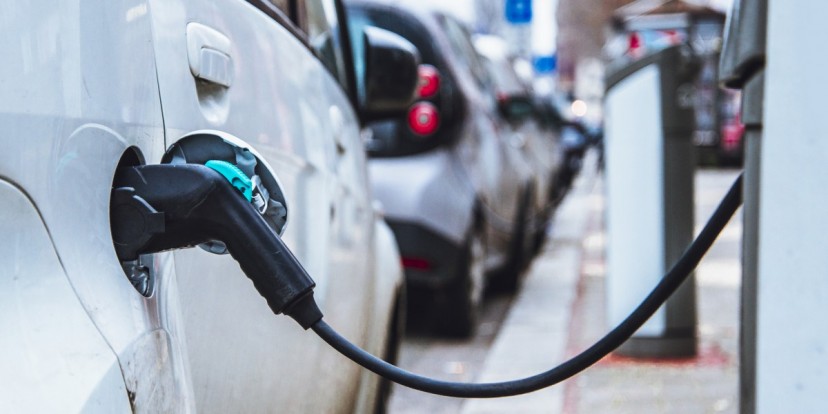ZenRockGarden
Active Member
It weighs the same now. It has less range. Case closed.
They can add another row, or double the amount of batteries or whatever, but for the weight -- which is a crucial part of understanding energy density -- the 4680’s are just not as good.
This means sure they may be able to do an MYLR with 4680 now, but its not going to be as good, as it will be notably heavier.
And there are growing signs Tesla is thinking the 4680s may never be better than current small batteries. Probably heat management issues... at Earning call, lot of obfuscation, and seeming to be saying will use them in fewer vehicles. Nixed them for the semi, dodged on on the CT, and used weasel words hen describing production volume.
They have sold a LOT of MYLR. If they could ease some of that backlog with 4680s, they would. The battery’s lack of performance is the only thing holding that back.
I don’t care what Elon said on battery day. It had little basis in fact and a lot in spin, hype and hope.
There is some chance they’ll figure it out in a few years. But not this year and not next year.
Agreed.
4680 and structural battery turns out to be harder to optimize than hoped. It exists today as a slightly inferior alternative to MYLR from a range standpoint, it's the same weight, and the big win is it's simpler to manufacture and assemble which is what Elon was really after.
I would totally expect them to iterate on the design based on what they learned in the first attempt with the MYAWD and start hitting MYLR-parity in a year or so. They'll then move to that opportunistically based mostly on 4680 cell capacity (which has other things like CT fighting for it).
Long term they'll get it right and see the gains they wanted for costs to build and assemble.





